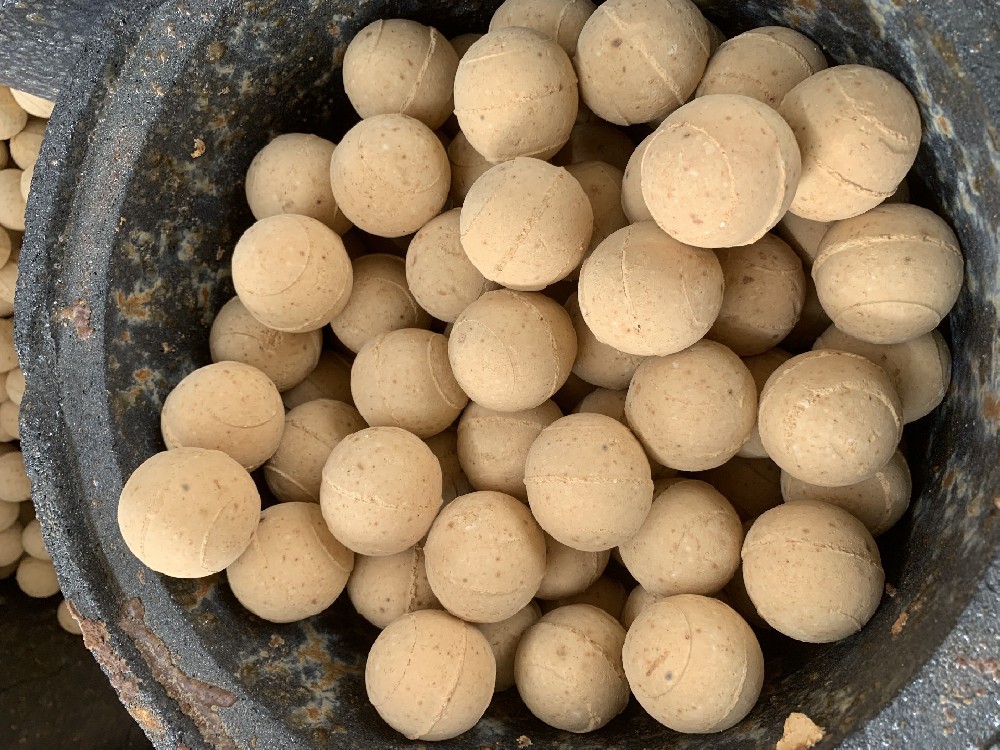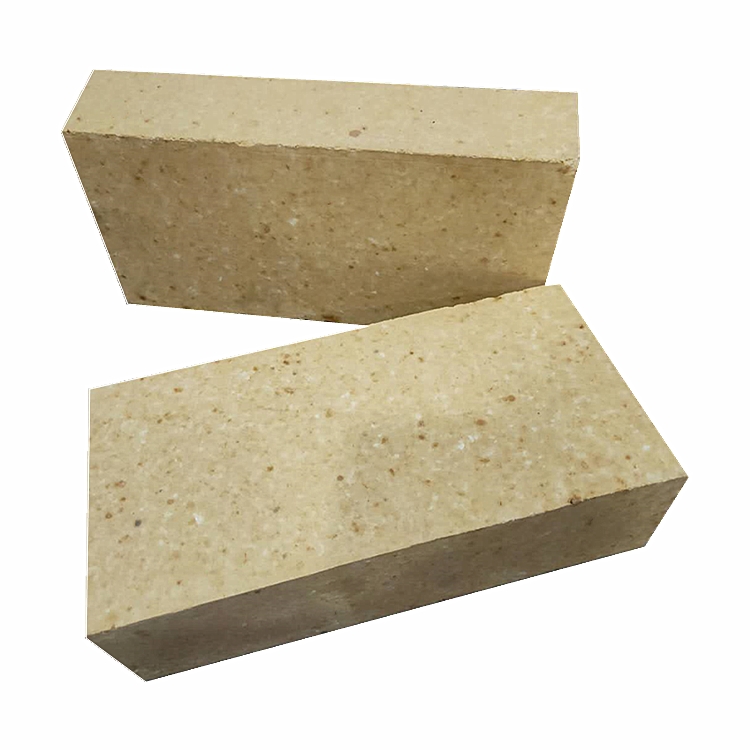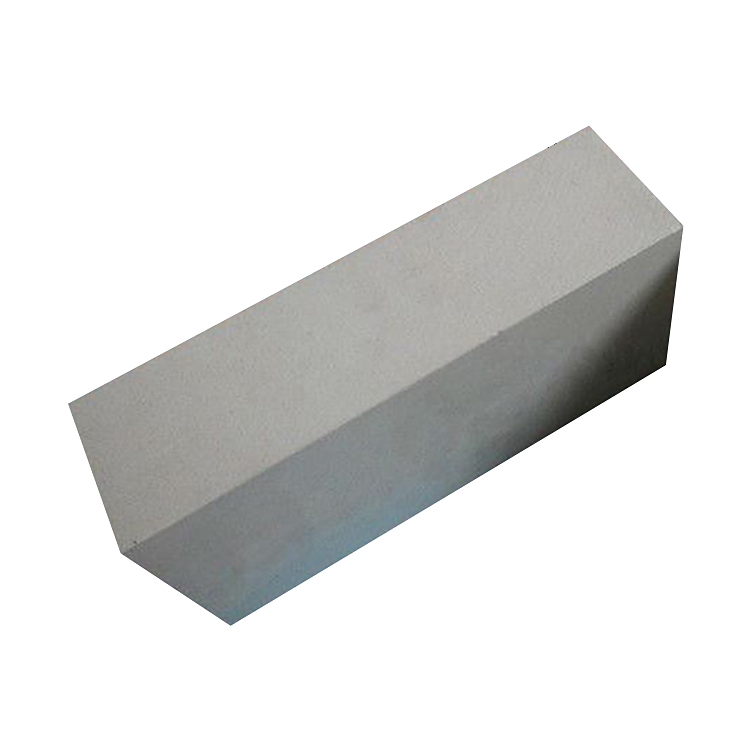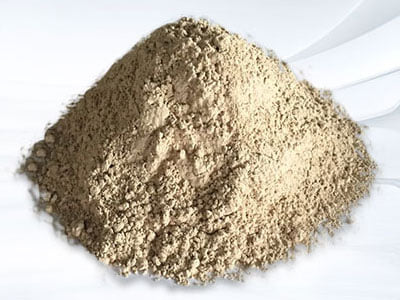The considerations for selecting refractory bricks for glass kilns
A glass melting furnace is a thermal equipment for melting glass made of refractory materials. When choosing refractory materials for glass kilns, consideration should be given to the type of the kiln, the location of use, the damage mechanism, the type of molten glass, and the type of pigments.
Generally, it is hoped that the refractory materials in various parts of the kiln do not suffer from local premature corrosion, so as to ensure that the entire kiln has a sufficiently long service life. However, due to the different mechanical, physical, and chemical conditions of various parts of the glass kiln, it is required that the properties of the refractory materials used should be adapted to it, and at the same time, it is required that other types of adjacent bricks be not adversely affected.
The following analyzes the considerations for selecting refractory bricks for glass kilns from various aspects.
1. Clay bricks
Therefore, clay products should be used as refractories for acid kilns. Large-scale clay bricks for glass kilns are clay refractory bricks with a single weight of not less than 50kg used for masonry glass kilns. The use conditions of clay bricks are different due to different molding methods and the aggregates and binders of clay bricks. According to these characteristics, in different parts of the pool furnace, due to different erosion conditions, different clay bricks can be selected. The lower grate and lower lattice bricks of the regenerator are less eroded by the dust and volatiles of the batch material, the temperature is also low, and the load is heavy, this kind of brick requires high mechanical strength.
2. Silica brick
Silicon refractory is an acid material, it has strong resistance to acid slag or solution erosion, and has good high-temperature performance: for example, the refractoriness is 1690-1730 ℃, and the load softening starting temperature is 1640-1680 ℃. The volume expansion rate is relatively large, and the total volume expansion generated when the temperature is 1450 ° C is conducive to ensuring the structural strength and airtightness of the masonry. Therefore, silica bricks are the main material of glass kilns and are widely used in large sills, parapets, roofs of regenerators, etc.
Matters need attention when the silica brick is baked in the kiln: when the silica brick is at 200-300 °C and 573 °C, the volume suddenly expands due to the transformation of the crystal form. Severe temperature changes should be avoided, and contact with alkaline substances should be avoided as much as possible.

3. Fused zirconium corundum brick
ZA series oxidation fused zirconium corundum products are made of high-quality purified raw materials, using a special electric arc furnace, through long arc melting and oxidation treatment. This fused casting process has virtually no carbon contamination from the electrodes.
Due to the use of this melting and casting process and the use of high-purity raw materials, ZA series fused zirconium corundum products by oxidation method have special and high resistance to glass liquid erosion, and the pollution to the glass is extremely small.
AZS-33 products are particularly superior in preventing contamination of the molten glass. It has little tendency to cause stones, bubbles, and the precipitation of the basic glass phase in the glass. It is suitable for the upper structure of the melting pool, the pool wall bricks and paving bricks of the working pool, the forehearth, etc.
AZS-36 is suitable for the parts in the glass melting furnace that are in direct contact with the glass liquid, such as melting pool wall bricks, paving bricks, feeding ports, etc. It is suitable for parts in glass furnaces that require particularly high corrosion resistance, such as all-electric melting furnaces, liquid flow holes, kiln sills, bubbling, bricks at the corner of the feeding port, etc.
The properties and performance indicators of fused zirconium corundum bricks - the baddeleyite zircon phase can resist the erosion of the glass liquid, and the glass phase can buffer the stress generated by the volume change so that the product can maintain an airtight structure. low, the quality of the brick will be worse. The exudation of the glass phase will destroy the structure of the brick and affect its life. The bubble will be released at the same time as exudation, and it may produce stones insoluble in glass, which will seriously affect the quality of glass. The exudation temperature is usually expressed by the foaming index.
4. Fused Corundum Brick
The main crystal phase of corundum brick is corundum, which has excellent properties, such as high melting point, high hardness, and is a neutral mineral, so the product has high hardness, erosion resistance, wear resistance, and corrosion resistance. Cast α-Al2O3 bricks are mainly composed of α-type corundum and solid fine-grained structure entities. Mainly used in glass kilns. Suitable for melting borosilicate glass and opal glass. However, its high-temperature corrosion resistance is poor. When it is at a high temperature of 1600 ° C, the corrosion resistance of glass liquid will decrease rapidly, so some borosilicate glass kilns tend to use fused silica bricks. The fused-cast α-Al2O3 brick products have a bulk density of 3.15-3.30g/cm3, contain a small amount of glass phase (about 2%), fill the inter-crystal voids, and have high purity. It is an ideal refractory part of the clarification part, cooling part, working pool, and other parts of the glass melting furnace. Material.
β-Al2O3 is a white product composed of coarse and bright crystals, containing 92%-95% of Al2O3, only less than 1% of the glass phase, and the structural strength of the product is low due to the loose lattice. The Na2O contained in β-Al2O3 reacts with SiO2, resulting in a large volume shrinkage, which may cause cracks and damage to the bricks. Therefore, it is only suitable for the superstructure containing SiO2 fly ash, for example, the superstructure of the working pool, the breast wall near the combustion port, the small furnace nozzle, and the hanging wall. Because this brick does not interact with volatile alkali metal oxides, there is no fear of contaminating the glass by dripping molten material from the brick surface.
-

Thermal storage alumina balls
The Thermal storage alumina ballsis made of industrial alumina and refractory kaolin as the main raw materials through scientific formula, forming and high-temperature calcination.Thermal storage alumina ballss are divid··· -

Anti-stripping high alumina brick
Use description of Anti-stripping high alumina brick1. Anti-stripping high alumina brick has a good application in low temperature parts such as large and medium-sized cement precalciner, kiln smoke chamber, indoor decom··· -

Anti-stripping high alumina bricks
Anti-stripping high alumina bricks are made of high alumina bauxite clinker, mullite, kyanite, zircon sand, and binder after granulating and powdering processes, mixed in a certain proportion, pressed into shape, and fir··· -

silica hot repair refractory
Performance index of silica hot repair refractoryThe material is a kind of plastic unshaped refractory material, its main component is SiO2, it is made of special clinker and various binders and additives, and it is proc···

